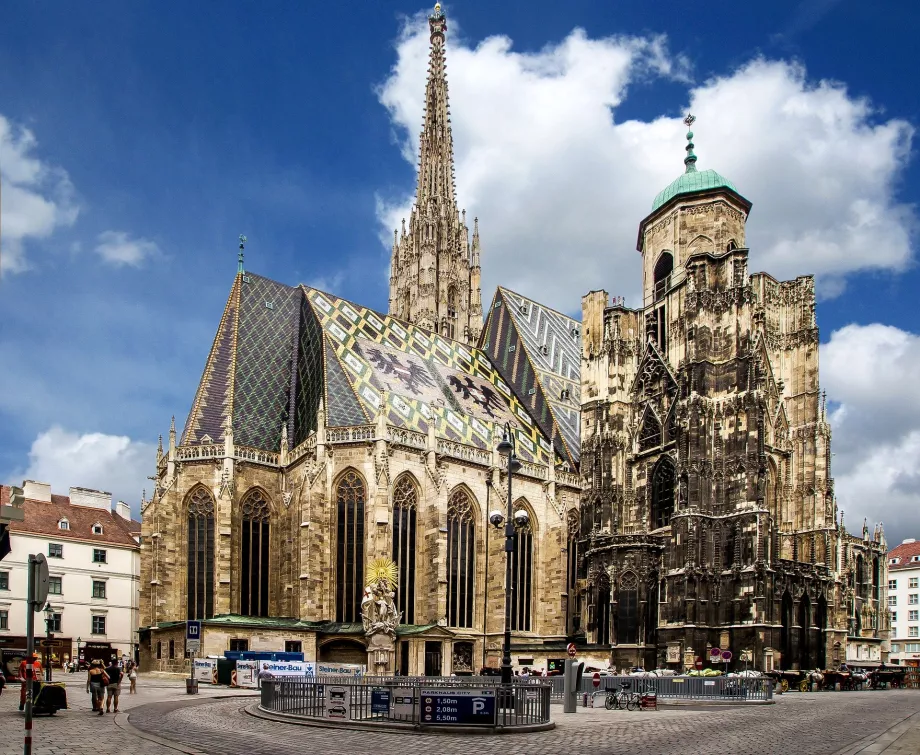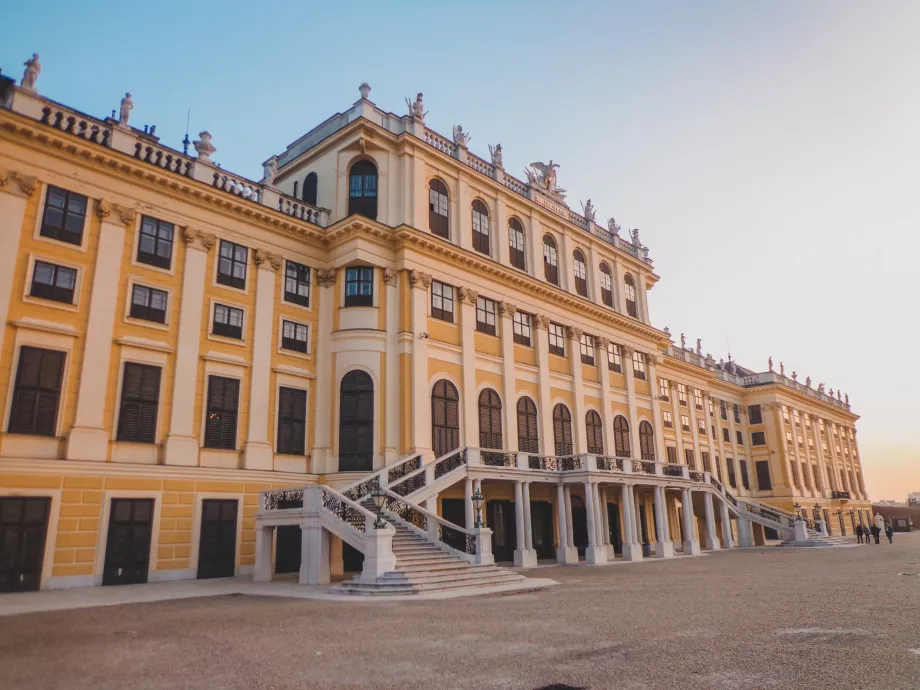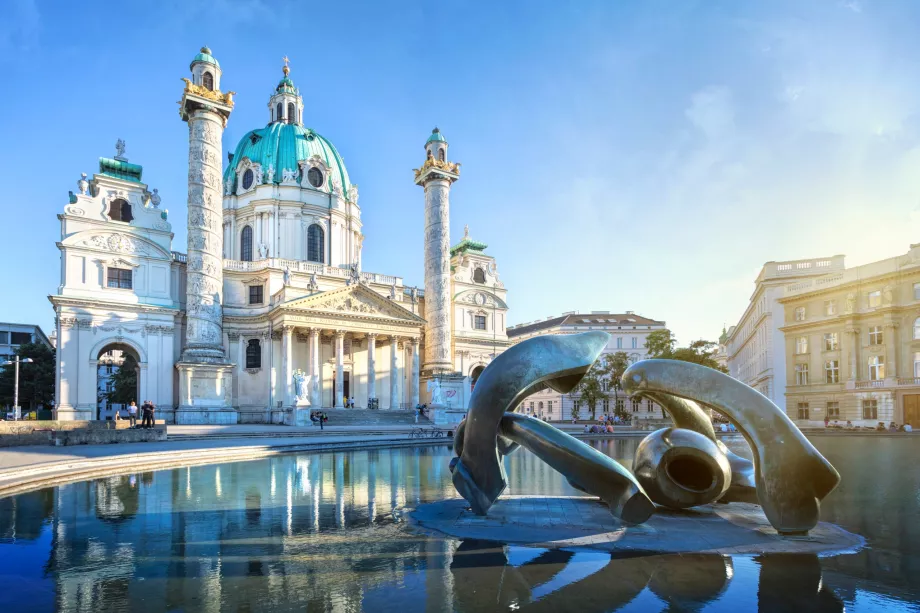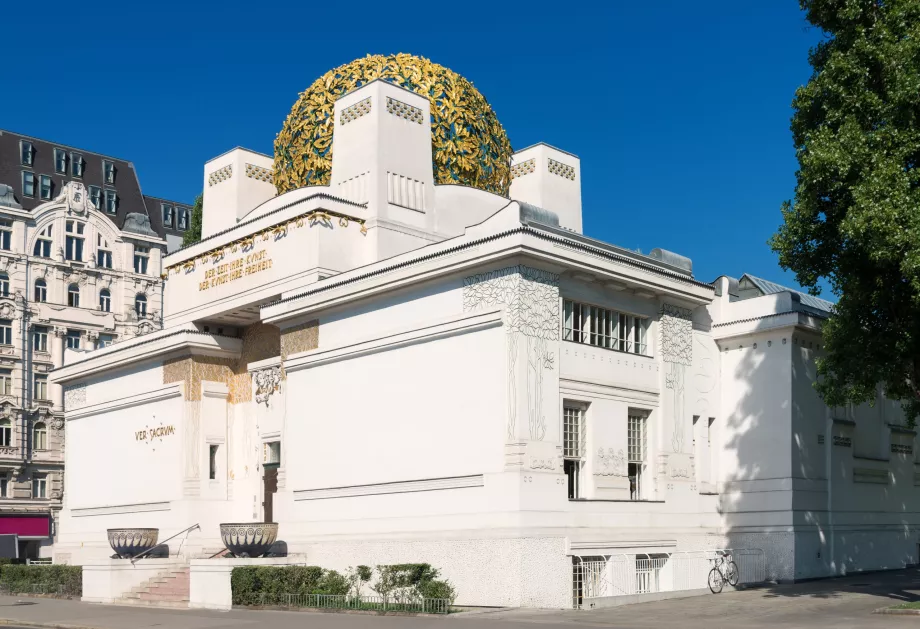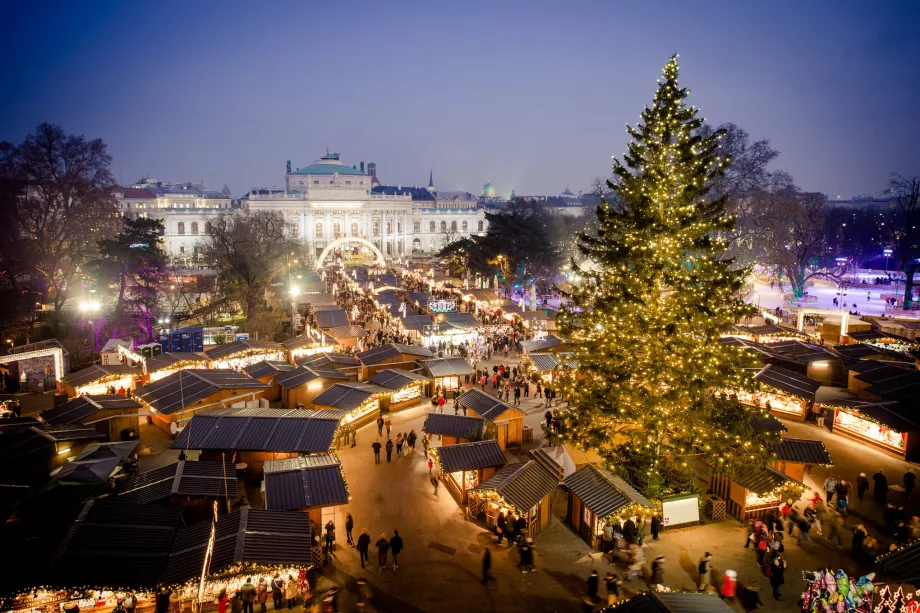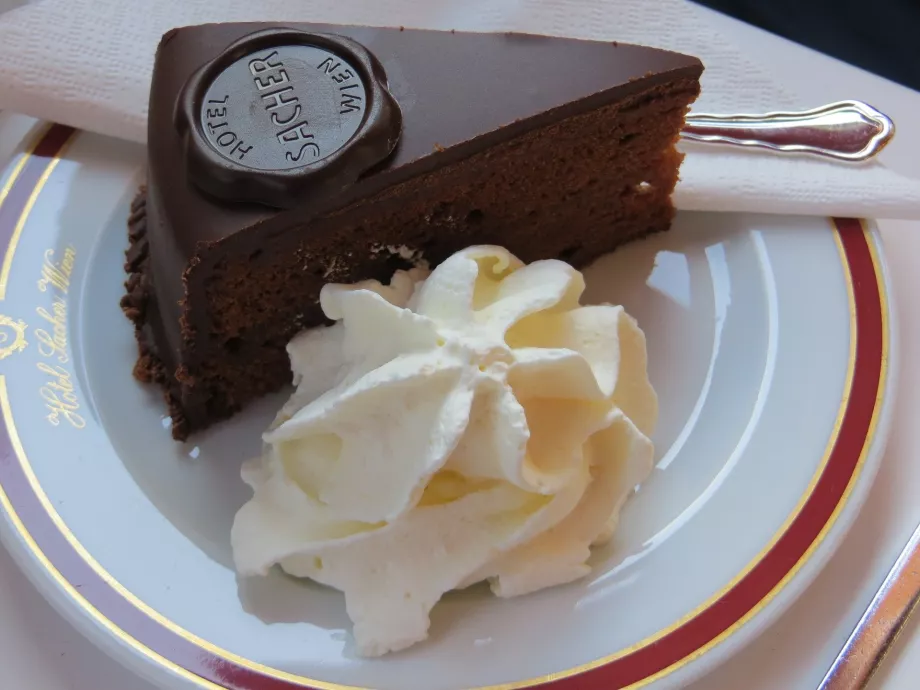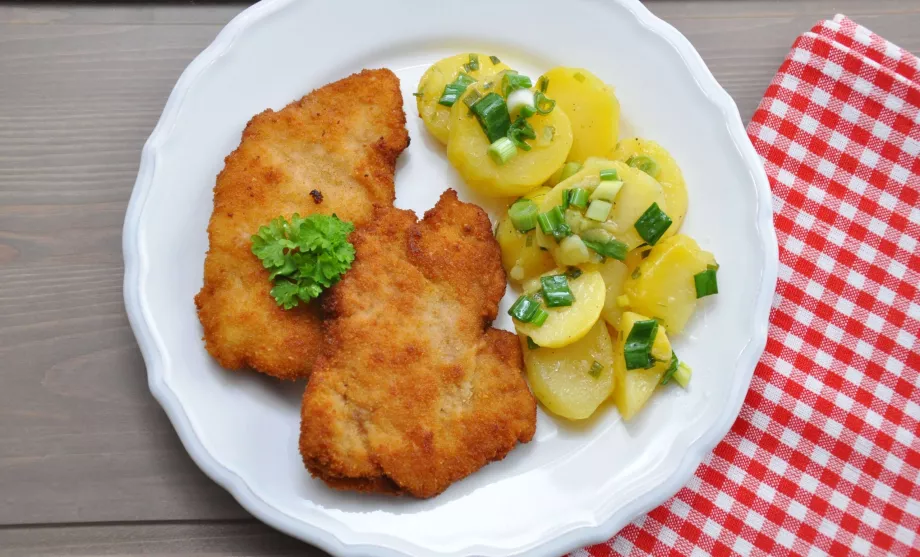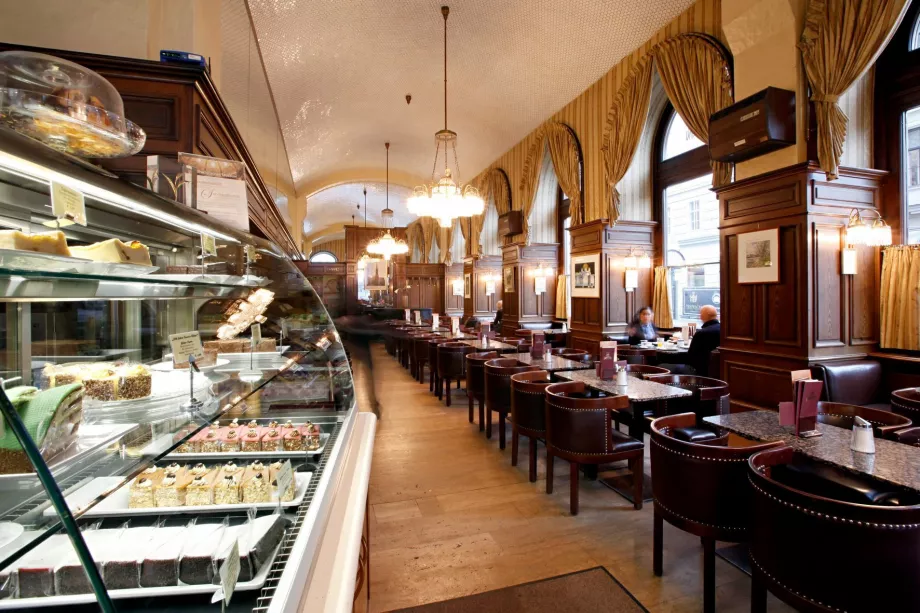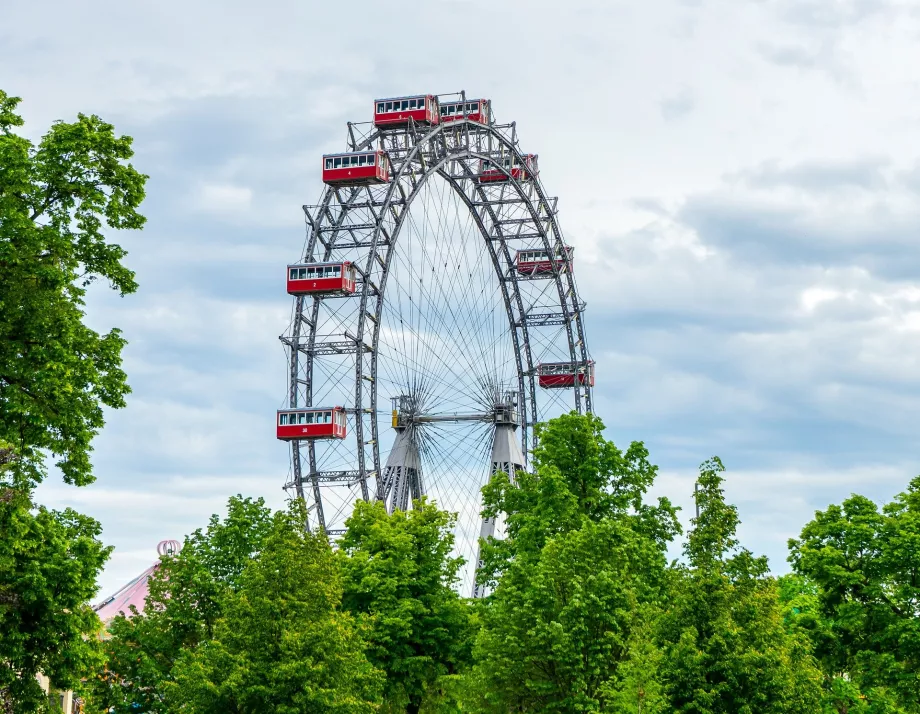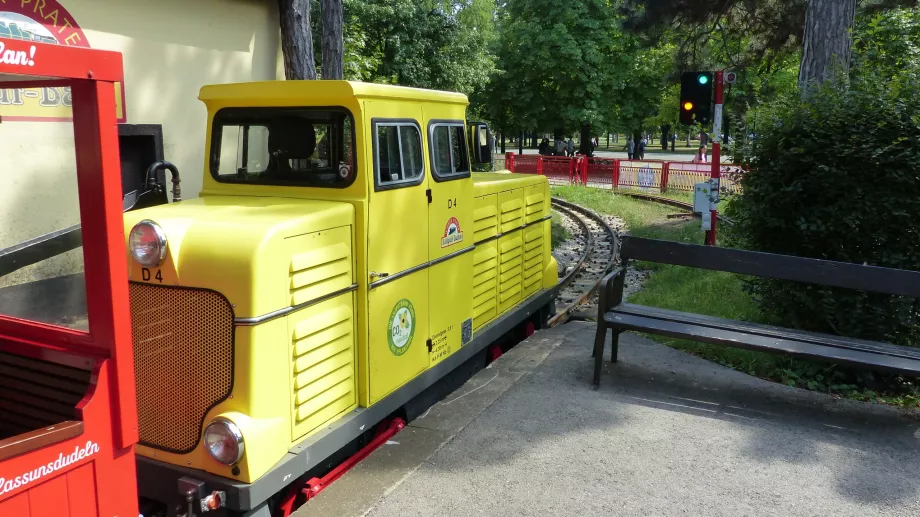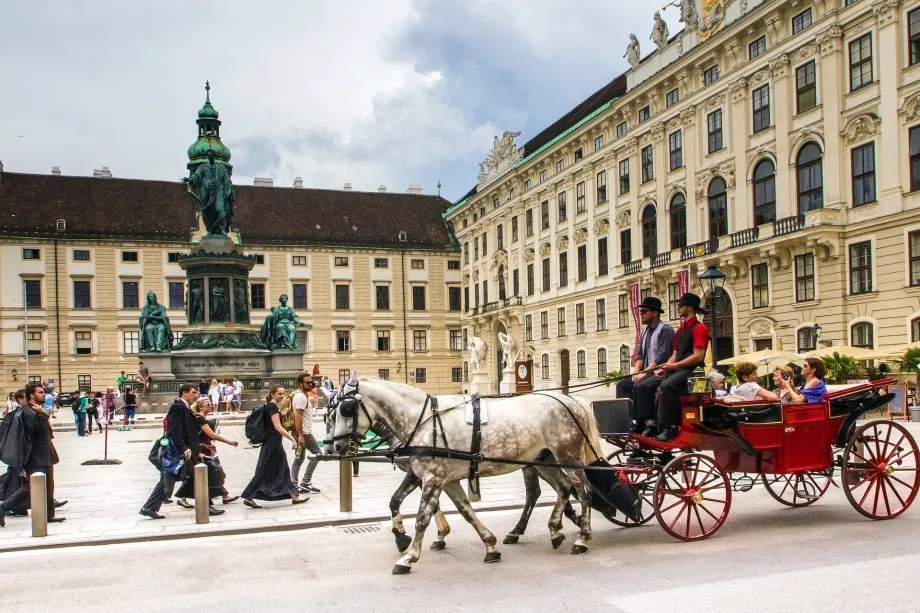What to do in Vienna

How to have fun in Vienna? Where to go on excursions or shopping? What activities are worth travelling to Vienna for?
Sights and history
Vienna ranks among the most valuable historical cities, with monumental monuments mostly dating back to the reign of the Habsburg Monarchy.
The historic centre is specific, as you will find virtually no monuments older than the 15th century. This was mainly due to the reign of the Habsburgs, who completely rebuilt the entire centre of Vienna into a modern metropolis during the 17th to 19th centuries, and the destruction of the remaining older monuments was completed by the extensive bombing of Vienna during the Second World War.
The main concentration of monuments is concentrated on the central Ringstrasse around the city centre, where many world-famous buildings were erected during the turbulent development of Vienna in the 18th and 19th centuries.
Top 10 best sights in Vienna
These monuments should definitely not be missed on your trip to Vienna:
- St. Stephen's Cathedral - one of the oldest monuments in Vienna (14th century) and Austria's main Catholic church.
- Schönbrunn - the famous castle grounds with gardens, nicknamed "Vienna's Versailles"
- Hofburg - a large palace complex in the centre serving as the seat of the Austrian monarchs
- Karlskirche - the most significant Baroque monument in Vienna
- Vienna Town Hall - a monumental building with both neo-Gothic and Baroque features
- Belveder - a complex of two 18th century palaces and gardens
- Parliament Building - one of the largest buildings in Vienna in the style of an ancient palace
- Art Nouveau Pavilion - a distinctive Art Nouveau monument and the most controversial building in Vienna at the time
- Votive Church - the second largest church in Vienna from the late 19th century
- Natural History and Art History Museum buildings - a pair of almost mirror-image palaces from the late 19th century
Famous museums
Vienna is home to more than 100 museums or galleries, many of them among the absolute world's top.
In particular, the collections of Gustav Klimt and Egon Schiele are unparalleled in the world, but many famous works by artists throughout history also have their place in Vienna. Check out detailed information, including admission fees and opening times, of Vienna's most famous museums:
- The Kunsthistorisches Museum - a famous picture gallery with works by the greats of the 16th to 19th centuries as well as valuable artefacts from antiquity.
- Albertina - This gallery, also founded under the Habsburgs, is one of the most famous in the world, with over a million printed prints
- Natural History Museum - one of the most important museums of its kind in the world. Especially popular is the exhibition of dinosaurs or meteorites
- MuseumsQuartier - the museum district is one of the largest cultural complexes in the world with 4 museums and other cultural objects
Christmas markets
The magical pre-Christmas season beckons you to wander through markets scented with mulled wine, sweets and other delicacies and shop for original Christmas gifts.
Book your hotel in Vienna in advance
Every major city in Europe boasts a Christmas market, but Vienna's is certainly one of the most famous and best. They are spread throughout the centre and offer a diverse range of goods.
For details, read our separate article - Christmas Markets in Vienna.
Taste Vienna's specialties
Vienna is not only one of the most cultural cities, but it is also at the top of the culinary map of Europe. So when visiting Vienna, be sure to try the following delicacies that every true foodie is probably familiar with.
Wiener Schnitzel (Wiener Schnitzel)
A classic that everyone knows. A true Wiener Schnitzel is made from thinly sliced veal, coated in triple-coating and fried in a frying pan. The typical characteristic of Wiener Schnitzel is the size across the plate. The schnitzel is usually served with potato salad or potatoes.
Legend has it that the Wiener Schnitzel was created on the recommendation of the Austrian military leader Josef Wenceslas Radetzky, who was introduced to the cutlet coated in breadcrumbs and Parmesan cheese in Venice, but the imperial chef did not have Parmesan cheese and so invented the classic triple wrap.
Sacher's cake
The typical chocolate cake filled with apricot jam and covered with a delicious chocolate icing is the original dessert of the Sacher Hotel.
Only in its restaurant Sacher Eck can you have the one and only genuine Sacher cake with its secret original recipe, which was invented in 1832 by the pastry apprentice Franz Sacher and perfected by his son and Eduard Sacher.
Vienna Apple Strudel (Wiener Apfelstrudel)
The apple strudel is a traditional Austrian dessert, which is the preserve of every other Austrian town.
In this guide, we'll assume that the original comes from Vienna, where you should definitely eat apple strudel at least once.
The typical features are a very soft dough, diced apples with raisins and cinnamon and a crumb topping fried in butter. Strudel is served both hot and cold, often with a vanilla glaze.
Kaiserschmarrn
This very sweet dessert resembles a pancake, but is torn into pieces when fried on a griddle and sprinkled with sugar on the plate. It is usually topped with a plum glaze, but apple glaze is often used.
Wiener Tafelspitz
A favourite of Emperor Franz Joseph I, this dish is made from beef or veal, specifically from the part called the flower tip, which is a not too strained muscle slightly covered in fat.
The meat, which is slow-cooked in a broth of root vegetables, is usually accompanied by horseradish or apple sauce, steamed spinach or roasted potatoes.
Viennese coffee
Coffee in general is one of the symbols of Austrian cuisine and Vienna's coffee and café culture is even listed as a UNESCO Intangible Cultural Heritage.
Traditional Viennese coffee (known as Einspänner in Austria) is actually an extended espresso in a large glass, topped with cold whipped cream sprinkled with cocoa or icing sugar.
Viennese café culture
With the last item in the "specialties" section, we move seamlessly into the next chapter of activities in Vienna. When visiting the city, you simply can't miss sitting in one of the many cafés where you can enjoy a traditional Viennese coffee with strudel or Sacher cake.
Vienna's café culture has even been a UNESCO Intangible Heritage Site since 2011.
The social practices, rituals and elegance of the Viennese café spaces simply create an atmosphere so unique that it is impossible to simply pass it by.
The best Viennese cafés
There are plenty of stylish cafés in Vienna, but to help you find your way around, we've selected a few well-known cafés that never disappoint:
- Café Sperl - this café is one of the most famous in Austria and is on the Austrian Register of Historic Places. The beautiful interior is complemented by many types of specialty coffees that they only prepare here, official website: cafesperl.at
- Café Landtmann - a traditional café operating since 1873 with a beautiful interior directly opposite the Burgtheater. Details at landtmann.at
- Café Central - one of the most famous cafés located in the Neo-Renaissance Palais Ferstel and a meeting place for historical figures (Stefan Zweig, Sigmund Freud, Adolf Loos and Leon Trotsky), we recommend booking in advance on the website cafecentral.wien
- Café Schwarzenberg - one of the oldest cafés in operation since 1861, the interior has not undergone any major renovations since its foundation, official website: cafe-schwarzenberg.at
- Café Museum - a café from 1899 with a beautifully clean interior by architect Adolf Loos, cafemuseum.at
Fun not only for children
In Vienna, both adrenaline junkies and the youngest children will enjoy the rides at the Prater amusement park. For information and tips on visiting one of Europe's most famous amusement parks, read our mini-guide to Prater.
In addition to the attractions at the amusement park itself, you can take your children on a ride on the two trains that run through Vienna's parks. You will sit in open carriages and be pulled along the tracks by a real small locomotive with a driver.
- The Liliputbahn in Prater Park runs on a 4km circuit that takes 20 minutes to complete.
- Daily from March to October, always from 10:00, ending at 17:00, 18:00 or 19:30 depending on the month
- Interval 5-30 minutes depending on the number of visitors
- Price 5 eur for adults and 3 eur for children under 14
- Official information and map
- Donauparkbahn in Donaupark Park between UNO City and the Donauturm observation tower along an approx. 3.5 km long circular route that takes about 25 minutes
- Daily from March to October, always from 10:00 to 18:00
- Interval 8-30 minutes depending on the number of visitors
- Price 5 eur for adults and 3 eur for children up to 14 years old
- Official information and map
Vienna by Fiacre
Fiacres, carriages pulled by a pair of horses, are as much a part of Vienna as the Prater or Sacher's Cake.
For many tourists, a ride in a fiacre is the highlight of a visit and a very comfortable and stylish way to explore the beauty of Vienna. The history of the fiacre began around the middle of the 19th century, when more than 1,000 of these carriages, which functioned as taxis, plied the streets of Vienna.
Today, you can take a ride in a fiacre all over the city centre, and you can find fiacre stations in many places within the narrowest part of the historic centre, always between 11:00 and 22:00.
Price list (per carriage, not per person):
- Long ride around the centre (approx. 45 minutes) - 80 eur
- Short ride within the centre (approx. 20 minutes) - 55 eur
To the opera, concert or theatre
Lovers of culture, theatre, concerts or opera will enjoy Vienna. Vienna is home to the most famous theatre or opera choirs not only in Europe but also in the world.
Plan your own unforgettable experience and find out the details of where and how much to book tickets and which performances to look forward to.
- Burgtheater - Austria's most important drama and ballet venue
- Vienna State Opera - one of the most important opera houses in the world
- Musikverein - a concert hall with frequent famous stars of the contemporary classical music world
Any questions left?
If you have any questions or comments about the article...

